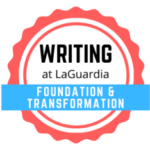-

Working Towards a Multilingual Paradigm: Student Questionnaire on Language Background* (Activity) by Ting Man Tsao
1) Name: 2) Education (degree obtained or school level attended): 3) Country of origin: 4) Country of residence: 5) If questions 3 and 4 are different, how long have you been in the country of your current residence? 6) What is your native language or languages? At what age did you begin to learn each?…
|
-

Introduction to Self-Editing for Students by Lauren Navarro
“A Guide to “Glow Up” Your Writing” narrated by Lauren Navarro (Video) Click below to download the “A Guide to “Glow Up” Your Writing” narrated by Lauren Navarro (PowerPoint)
|
-

Self-Editing: Loud and Proud by Suzanne Uzzilia
Loud and Proud (Read Your Work Aloud) Note to Instructor: This assignment aligns with Step Three: Read Your Work Aloud (Slide 7 of “Revision and Self-Editing in ENA 101: A Guide to ‘Glow Up’ Your Writing” by Lauren Navarro, adapted from “7 Steps to a Foolproof Revision” by Don Fry). Assignment: While your instructors will…
|
-

Self-Editing: Enlisting a Second Reader by Suzanne Uzzilia
Enlist a Second Reader (Writing Center) Note to Instructor: This assignment aligns with Step Seven: Enlist a Second Reader (Or More)! (Slide 11 of “Revision and Self-Editing in ENA 101: A Guide to ‘Glow Up’ Your Writing” by Lauren Navarro, adapted from “7 Steps to a Foolproof Revision” by Don Fry). It is also an…
|
-

Teaching With the ENA 101 Framework
The ENA 101 Framework Click below to download a copy of the ENA 101 Framework visual. History of ENA 101 and the Development of LaGuardia’s ENA 101 Framework ENA 101 at LaGuardia began in 2010-2011, guided by Heidi Johnsen, who developed the first iteration of the course based on the national model of acceleration introduced…
|
-

Introduction to Academic Discourse: Reading Student Samples Against a Rubric by Marisa A. Klages-Bombich
Teaching Note: This activity is a modification of the one described by Jane E. Hindman in her 1999 article “Inventing Academic Discourse: Teaching (and Learning) Marginal Poise and Fugitive Truth.” This activity works best if you can draw on a stash of former papers for your class and is best done in small groups. You…
|
-

Introduction to Academic Discourse: Understanding a Writing Assignment Activity by Marisa A. Klages-Bombich
Teaching Notes: One of the issues many students have throughout college classes is that they often don’t understand what an assignment is asking of them. Slow down the class to really help students understand what your assignment is asking. For this assignment you might take part of your ENA class to ask students to read…
|
-

Introduction to Academic Discourse: email Activity by Marisa A. Klages-Bombich
Teaching Note: This activity is modified from the article “Academic English A Conceptual Framework: Technical Report-1” by Robin Scarcerella (2003). In this report, Scarcerella specifically discusses the challenges of students who are second language English speakers in terms of academic discourse and navigating the work of being a student. She provides readers with an email…
|
-

Affective Issues: Time Management (Drop the Ball Activity) by Suzanne Uzzilia
Note to Instructor: This assignment gives students an opportunity to practice time management by learning how to prioritize daily tasks. Assignment: This course asks you to complete many tasks over a short period of time. I recognize that many of you have other responsibilities outside of school that may make it difficult for you to…
|
-

Affective Issues: Responding with Wonderment & Awe (Taxi Cab Activity) by Suzanne Uzzilia
Note to Instructor: This assignment introduces one of Costa and Kallick’s “habits of mind”: “responding with wonderment and awe.” Assignment: Brainstorm: When was the last time you were struck or overcome by wonder or awe? (If you’re not sure what a word means, take a moment to look it up.) Take 3-5 minutes to write…
|



